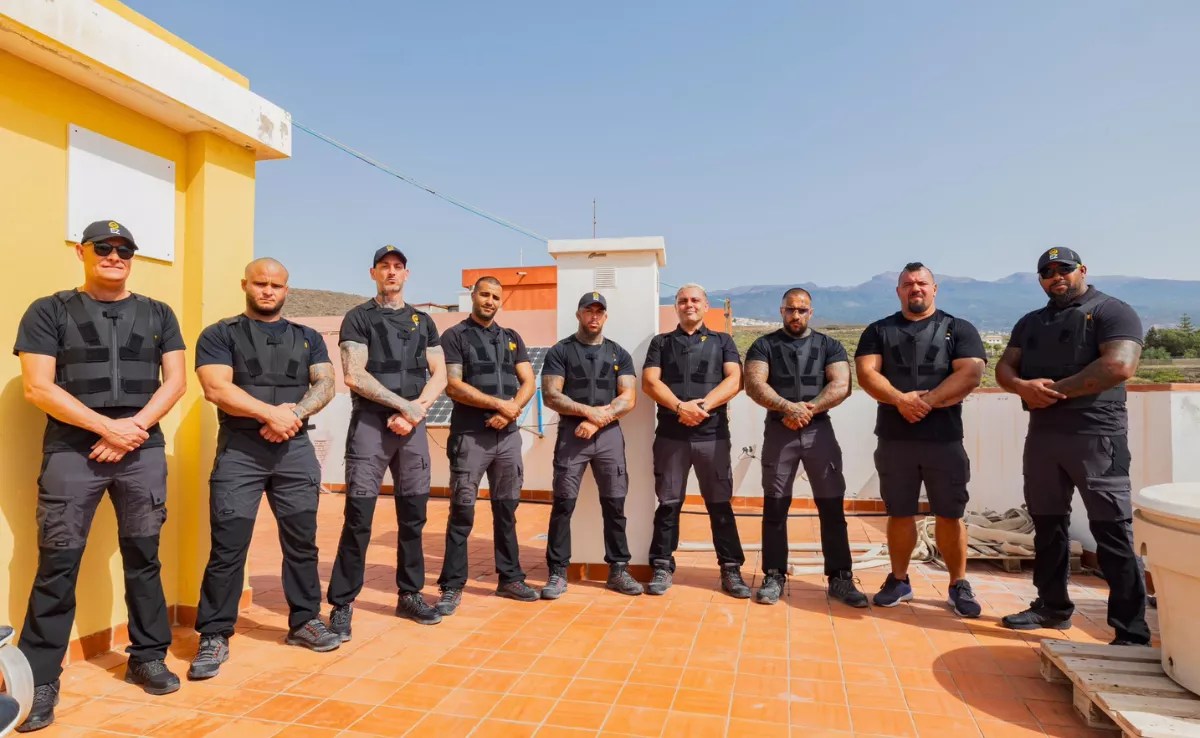The recovery and inauguration of the Big housea symbol for the neighborhood of La Rosas and for the entire municipality of San Juan de la Rambla, was a long-distance race started in 2003 by the previous mayor, Fidela Velázquez, when she was an opposition counselor for the Socialist group in the Cabildo of Tenerife to avoid what came later, the loss of the roof and the theft of the well curb, a unique piece.
He continued it for two terms, but it was between 2015 and 2018, when the then insular head of Heritage, Josefa Mora, and the former president of the Cabildo, Carlos Alonso, gave him a boost that continued from 2019 and until today his successors in the position, Emilio Fariña and Pedro Martín, respectively.
Finally, after two years of work, the building, one of the main examples of rural architecture from the mid-eighteenth century, was rehabilitated and inaugurated yesterday for the enjoyment of the residents. “They will be the ones who decide what other uses they want to give it,” declared the mayor, Ezequiel Domínguez. In principle, it will be an agricultural outreach and interpretation center with courses for training young people in the sector and also aimed at groups with special needs.
The president explained that the house, built by the couple formed by Rosario Oramas and Jesús María Delgado y Bermúdez, reproduces a simple and functional style, almost without accessory elements, which follows the model brought by the Portuguese settlers after the conquest.
It had two floors and served as a matrix on the farm on which it is built and as a connection with its agricultural products with the rest of the Island, since it is located on the edge of the middle road. For all these reasons, “it did not deserve to end up on the ground,” said the mayor.
The event was attended by all those involved in this task, Pedro Martín; Emilio Farina; the Councilor for Heritage, Gloria Méndez; Josepha Mora; Carlos Alonso; technicians from the Island Corporation, and managers from the company that carried out the work.
The house has 441 square meters and outside, an area of 1,100 square meters, in which the retaining walls were also improved, car parks and outdoor spaces were created and the old cistern was recovered. Inside, the actions focused on improving and conditioning the architectural complex and equipping it with bathrooms and changing rooms and multipurpose rooms.
Emilio Fariña indicated that the action is part of the Insular Heritage Plan and works hand in hand with the City Council to promote new similar actions “with the aim of continuing to value history, identity, culture and historical heritage, especially all of municipalities with less than 20,000 inhabitants”.
For his part, Pedro Martín underlined the “responsibility of all public administrations” to intervene in matters of heritage, “because if we do not do so, it would be lost and with it, also our history, culture, part of the life of the people and part of community identity.
Therefore, he confirmed the Cabildo’s commitment to continue working “and this will be reflected in the budgets.”
















